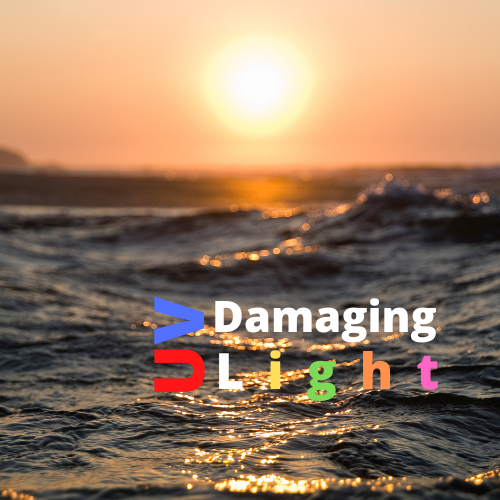Is Ultraviolet (UV) Light Bad for Your Eyes?


How does ultraviolet (UV) light affect your eyes?
Ultraviolet light is damaging to almost all the structures of the eye including the eyelids. And remember, that ultraviolet light is still there on cloudy or foggy days.
Ultraviolet rays come from many directions. They are reflected from the ground, from water, snow, sand, and other bright surfaces.
What is Ultraviolet Light
How does ultraviolet (UV) light affect your eyes?
Ultraviolet light is damaging to almost all the structures of the eye including the eyelids. And remember, that ultraviolet light is still there on cloudy or foggy days.
Ultraviolet rays come from many directions. They are reflected from the ground, from water, snow, sand, and other bright surfaces.
What is Ultraviolet Light?
They are invisible rays that are part of the energy that comes from the sun. They are invisible because ultraviolet rays have shorter wavelengths than visible light. The definition of the full spectrum of ultraviolet light on the NASA SCIENCE website is:
Ultraviolet radiation is commonly subdivided into UV-A, UV-B, and UV-C. These are the classifications most often used in Earth sciences.
- UV-C rays are the most harmful and are almost completely absorbed by our atmosphere.
- UV-B rays are the harmful rays that cause sunburn. Exposure to UV-B rays increases the risk of DNA and other cellular damage in living organisms. Fortunately, about 95 percent UV-B rays are absorbed by ozone in the Earth’s atmosphere.
- UV-A radiation makes up 95% of all the UV rays that make it to the Earth’s surface. UVA penetrates deep into our skin and can even pass through glass.
Effects of Ultraviolet Light on Your Skin
A suntan is the skin’s reaction to exposure to ultraviolet rays. It is the result of the skin’s natural defense mechanism. The skin sends melanin (a natural sunscreen) into cells as a way to protect itself from sustaining damage and that melanin pigment causes the skin to darken. Prolonged exposure to UV radiation can overwhelm the body’s defenses. When this happens, a toxic reaction occurs, resulting in sunburn.
UV rays can damage the DNA in the body’s cells and people who get sunburned repeatedly are at a much higher risk of developing skin cancer. The risk for the deadliest form of skin cancer, called melanoma, doubles for someone who has received five or more sunburns, according to the Skin Cancer Foundation.
Ultraviolet Light and Your Eyes
Your eyes can also get sunburned when they are exposed to too much UV light. The condition is called photokeratitis and it is a painful, but temporary eye condition lasting a few hours and possibly up to 48 hours. It happens when UV rays damage cells in the cornea.
Too much exposure to UV light raises the risk of eye diseases. The front surface of the eye absorbs 99 percent of the UV radiation you are exposed to. This can lead to cancerous as well as noncancerous growths around the eyes.
Ultraviolet light exposure has been found to be associated with cataract development and the development of macular degeneration.
Cataracts, eye cancers, and macular degeneration can take years to develop. Each time you are exposed to UV light without eye protection, you increase your risk of developing one or more of these eye conditions.
Protect your Eyes from UV Rays
- Wearing wraparound sunglasses, even in the shade, and all year round is one of the most effective ways to eliminate UR radiation from reaching the cornea, lens, and retina of your eyes. Choose sunglasses that block 99 to 100 percent of both UVA and UVB light.
- Wear a hat made of tightly woven fabric with at least a three-inch brim to protect your face and the top of your head. Hats can block as much as half of all UV rays from your eyes and eyelids. Hats also provide UV protection from the rays that penetrate your eyes from above or around your sunglasses if your sunglasses are not the wraparound type.
- Ultraviolet rays are intensified at higher altitudes, so be sure to protect your eyes while skiing, snowboarding, and hiking at high altitudes.
- UV exposure is greater when the sun is higher in the sky, typically from 10AM to 4PM, so limit your time in the sun during those hours, even in winter, and especially at higher altitudes.
- Watch the UV Index. The UV Index provides important sun safety information to help people plan outdoor activities. The UV index is an international standard measurement of the strength of the sunburn-producing ultraviolet radiation at a particular place and time.
Gregory Scimeca, M.D.
Ophthalmologist and Medical Director
The Eye Professionals
Our Locations
